Traveling with a pet reptile presents unique challenges compared to journeying with more conventional pets like cats or dogs. Reptiles have specific environmental needs, legal considerations, and health requirements that must be carefully addressed before embarking on any trip. Whether you’re relocating, taking a vacation, or visiting a veterinarian in another city, thorough preparation is essential to ensure your scaly companion remains healthy and stress-free throughout the journey. This comprehensive guide covers everything reptile owners need to know before hitting the road or skies with their cold-blooded friends, from regulatory compliance to practical travel arrangements.
Understanding Your Reptile’s Travel Tolerance

Not all reptiles handle travel with the same resilience, making it crucial to assess your particular species’ ability to cope with the stress of transportation. Species like bearded dragons and certain geckos often tolerate travel relatively well when properly prepared, while more sensitive species like chameleons may experience significant stress during journeys. Age and health status also significantly impact travel tolerance, with juveniles and seniors typically experiencing more difficulty adapting to changing environments. Before planning any trip, consult with a reptile-specialized veterinarian to evaluate your pet’s individual health and suitability for travel. Remember that even among the same species, individual temperament varies widely, so previous handling response and stress indicators should factor into your decision-making process.
Legal Requirements and Documentation

Navigating the legal landscape of reptile transportation requires thorough research and documentation preparation. Many reptile species are regulated under the Convention on International Trade in Endangered Species (CITES), requiring specific permits for crossing international borders regardless of whether your pet was captive-bred. Interstate travel within countries like the United States often requires health certificates issued by a veterinarian within a specific timeframe before departure, typically 7-30 days. Some states and countries maintain strict bans on certain species, with penalties for non-compliance ranging from confiscation to substantial fines. Always verify the current regulations with both departure and destination wildlife authorities, as laws regarding exotic pets change frequently and without widespread notification. Documentation should be organized in a waterproof folder that remains easily accessible throughout your journey.
Selecting the Appropriate Travel Container

The travel enclosure represents your reptile’s lifeline during transportation and must be chosen with meticulous attention to security and comfort. Opt for a solid-sided container rather than wire cages, which provide inadequate insulation and may allow for dangerous extremity protrusion. The container should offer sufficient ventilation through small holes or mesh sections while maintaining appropriate temperature stability. Size considerations must balance adequate movement space with security—too large containers can cause injury during transport as animals slide during vehicle movement. Include appropriate substrate that provides traction without risk of ingestion or respiratory irritation; paper towels often serve as the safest option for short journeys. The container should feature secure, escape-proof latches or locks, as reptiles can be surprisingly adept at pushing through loose-fitting lids during transport.
Temperature Control During Transport
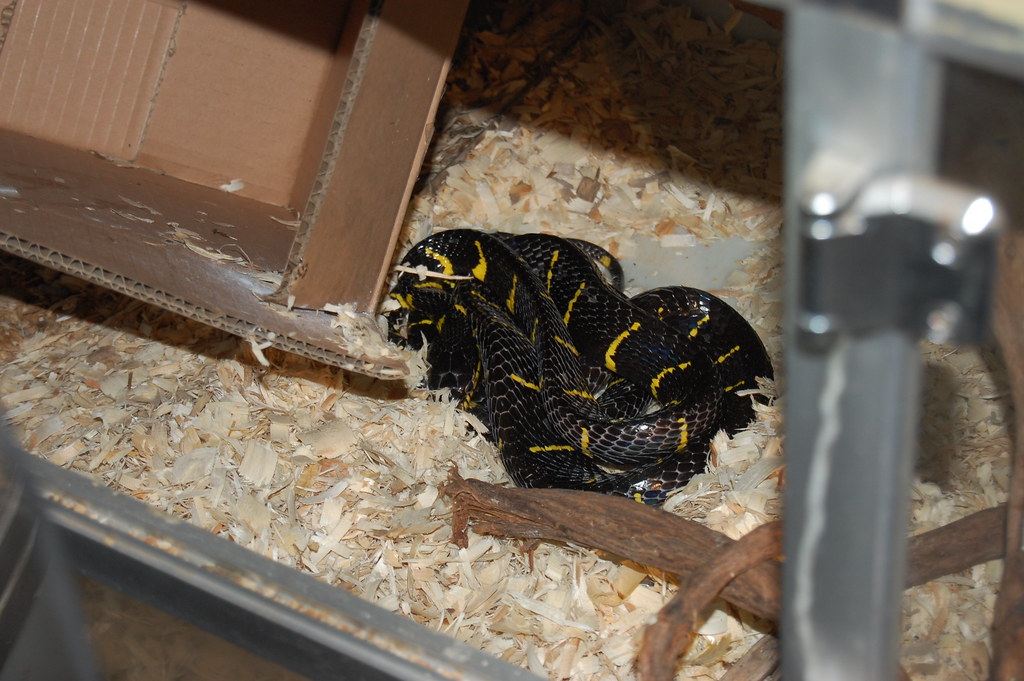
Maintaining proper temperature ranges represents one of the most critical aspects of reptile travel, as these ectothermic animals depend entirely on external heat sources for bodily functions. Hand warmers, battery-operated heat packs, or insulated heat pads can provide necessary warmth during travel, but must be separated from direct contact with the animal by several layers of fabric to prevent burns. Digital thermometers with probes should be secured inside the travel container to allow for consistent temperature monitoring without disturbing the animal. Plan travel routes and times to avoid extreme weather conditions; summer afternoons or winter nights can create dangerous temperature fluctuations that vehicle climate control systems may struggle to counteract. Create a temperature gradient when possible, allowing your reptile to thermoregulate by moving between warmer and cooler areas within their travel container, mimicking their natural behavior.
Hydration and Feeding Considerations
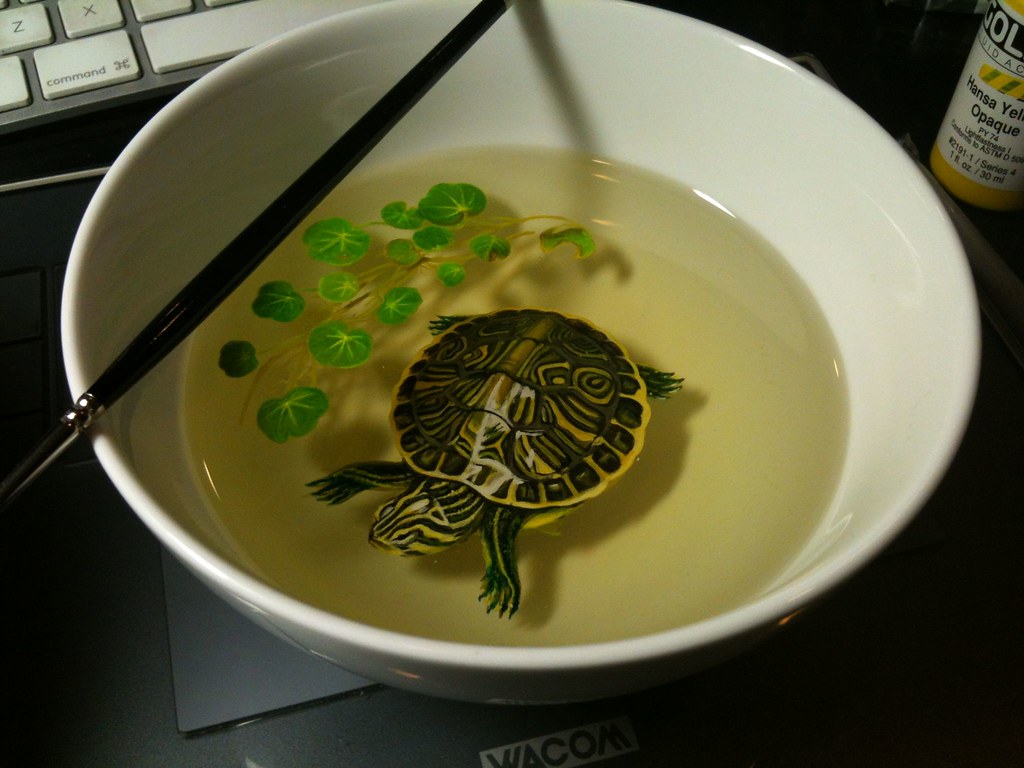
Proper hydration strategies differ significantly by species, with desert-adapted reptiles generally tolerating longer periods without water compared to tropical species. For most reptiles, feeding should be suspended 24-48 hours before travel to reduce the risk of regurgitation and soiling of the travel container, which can create unhygienic conditions. Water availability during transport must be carefully planned; shallow, spill-proof containers secured to the enclosure prevent dehydration while minimizing spill risks. For longer journeys, schedule hydration breaks where the animal can be safely removed from their travel container in a secure location and offered water. High-humidity species may benefit from light misting during longer journeys, though this should be done cautiously to avoid creating overly damp conditions that could lead to respiratory issues or scale rot.
Pre-Travel Veterinary Check
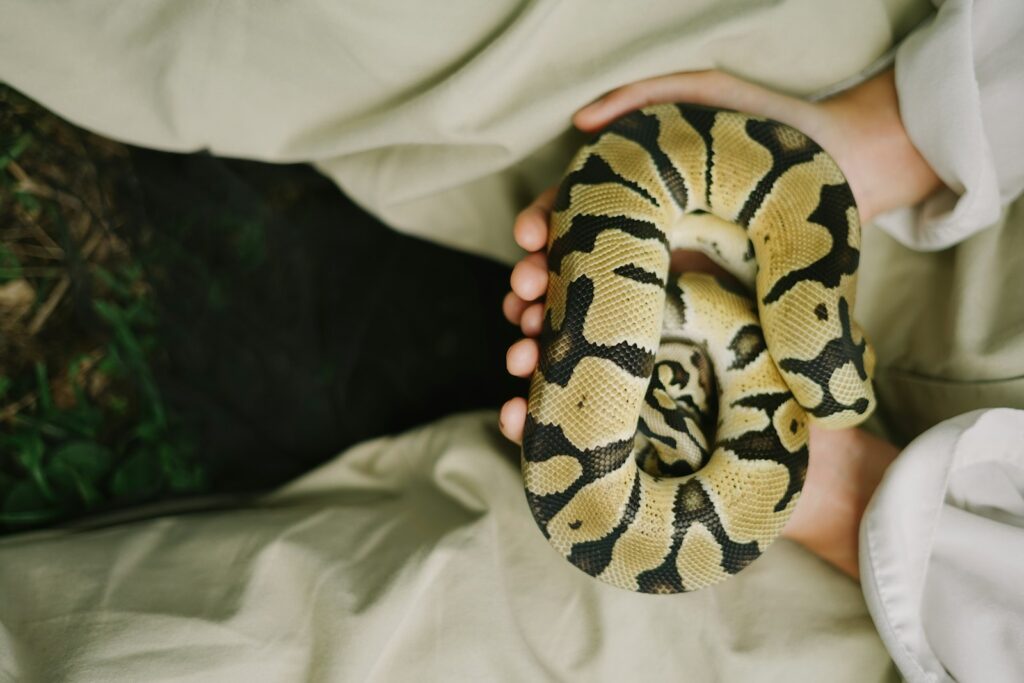
A comprehensive health assessment from a reptile-specialized veterinarian represents an essential pre-travel precaution, ideally scheduled 2-4 weeks before departure. This appointment should include a thorough physical examination checking for parasites, respiratory issues, or other health concerns that might be exacerbated by travel stress. Discuss your specific travel plans with your veterinarian, who can provide personalized recommendations based on your reptile’s species, age, and health status. The veterinarian can prepare any required health certificates or documentation needed for interstate or international travel, ensuring compliance with destination requirements. This visit also provides an opportunity to discuss emergency care options at your destination and obtain prescription medications you might need during travel, such as anti-parasitics or antibiotics for ongoing conditions.
Air Travel Protocols and Restrictions
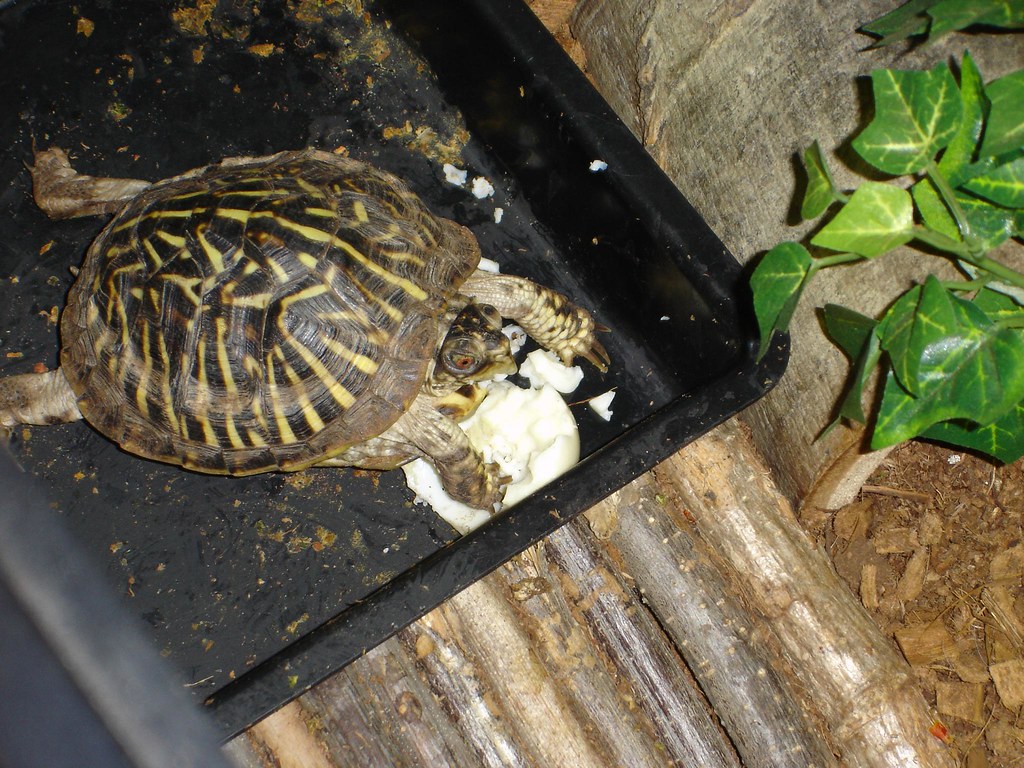
Airlines maintain vastly different policies regarding reptile transportation, with many major carriers prohibiting reptiles in both cabin and cargo holds. Those airlines that do accommodate reptiles typically require advance reservations and adherence to specific packaging requirements outlined in the International Air Transport Association (IATA) Live Animal Regulations. Temperature restrictions often prevent reptile shipment during extreme weather months, with most airlines implementing embargoes when origin or destination temperatures fall below 45°F or exceed 85°F. Pressure and temperature fluctuations in aircraft cargo holds present significant risks to reptiles, making specially designed shipping containers with proper insulation essential for their safety. When planning air travel, build substantial buffer time into your schedule to accommodate the additional check-in procedures required for live animal transportation.
Road Trip Planning and Safety

Automotive travel offers greater control over your reptile’s environment but requires strategic planning to ensure safety throughout the journey. Secure the travel container in the vehicle where it won’t shift during driving but remains visible for periodic monitoring, avoiding areas with direct sunlight or proximity to heating/cooling vents that could create temperature extremes. For multi-day journeys, research pet-friendly accommodations in advance, confirming their reptile policies specifically as many establishments that accept dogs and cats still prohibit exotic pets. Plan your route to include stops every 4-6 hours where you can check on your reptile’s condition and adjust heating or hydration as needed. Never leave your reptile unattended in a parked vehicle, as temperatures can reach lethal levels within minutes, even on relatively mild days.
Stress Minimization Techniques

Reducing travel-related stress significantly improves your reptile’s journey experience and reduces health risks associated with compromised immunity. Incorporate familiar items from their permanent enclosure into the travel container, such as a favorite hide or basking spot, providing olfactory comfort in the strange environment. Cover portions of clear-sided containers with breathable fabric to reduce visual stimulation from passing scenery, which can induce stress in many species. Minimize handling before and during travel, limiting interaction to essential care activities and health checks. Maintain consistent light cycles as much as possible during multi-day journeys, as disruption to circadian rhythms can compound travel stress, particularly in diurnal species that rely on predictable day-night patterns for physiological regulation.
Temporary Housing at Your Destination
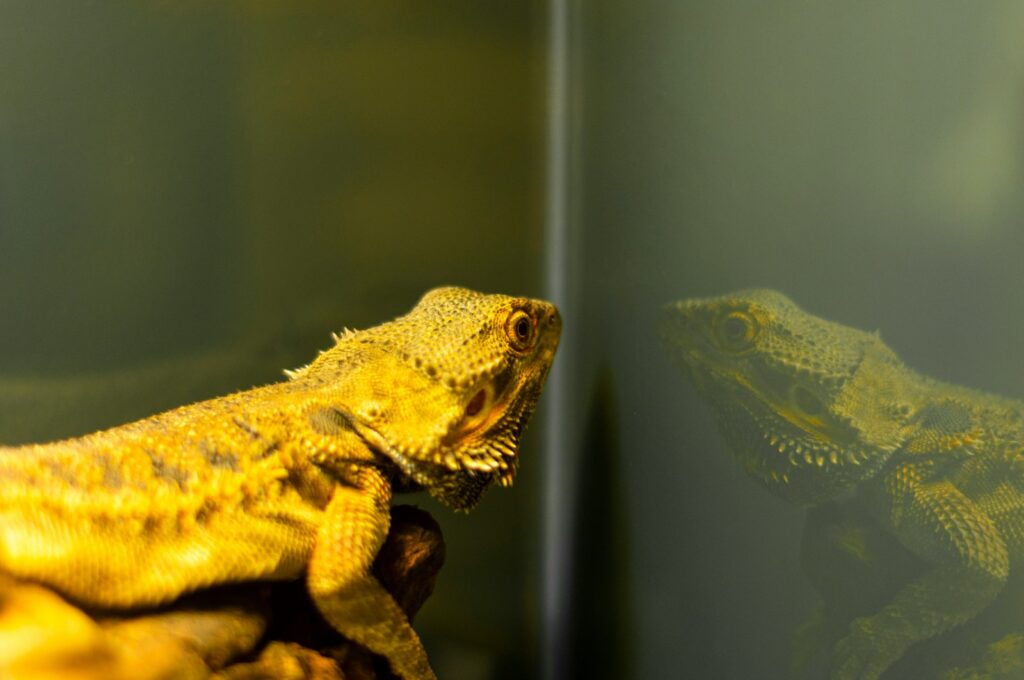
Preparing appropriate accommodations at your destination requires advance planning and often creative adaptation of available spaces. Portable enclosures designed specifically for reptile travel can provide adequate temporary housing, though they should always include essential elements like appropriate heating, UVB lighting, and hiding places. For extended stays, research local pet shops at your destination that might stock necessary supplies for emergency replacement of critical equipment. Temperature and humidity requirements remain unchanged during travel, necessitating monitoring equipment and regulation tools appropriate to your species’ needs. Create a secure perimeter around temporary enclosures, particularly in accommodations shared with other people or pets who might accidentally release your reptile during curious investigation.
Emergency Preparedness
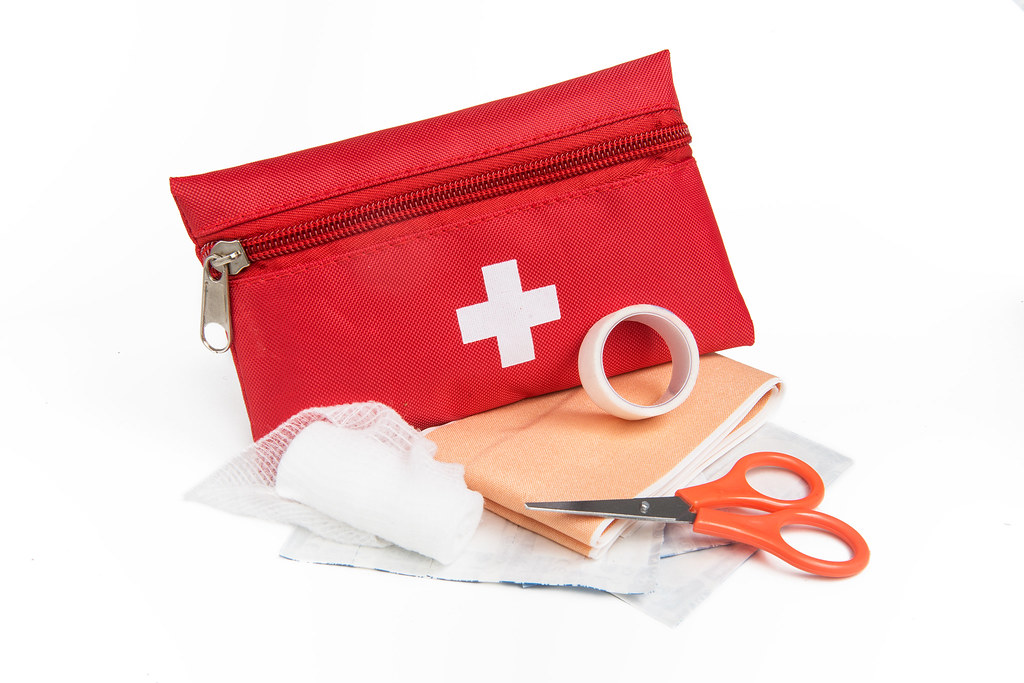
Traveling with a reptile necessitates comprehensive emergency planning, beginning with locating exotic pet veterinarians at your destination and along your route. Create a portable first aid kit containing species-appropriate supplies such as rehydration solutions, wound treatment materials, and any prescription medications your reptile currently takes. Maintain digital and physical copies of your reptile’s complete medical history, including recent test results and treatment protocols for ongoing conditions. Develop a clear understanding of common emergency signs specific to your species, as reptiles often mask illness until conditions become severe, making early intervention critical. Temperature-related emergencies represent the most common travel crises, so prioritize multiple backup methods for heating or cooling to ensure continuous environmental control despite equipment failures.
Special Considerations for Different Reptile Groups
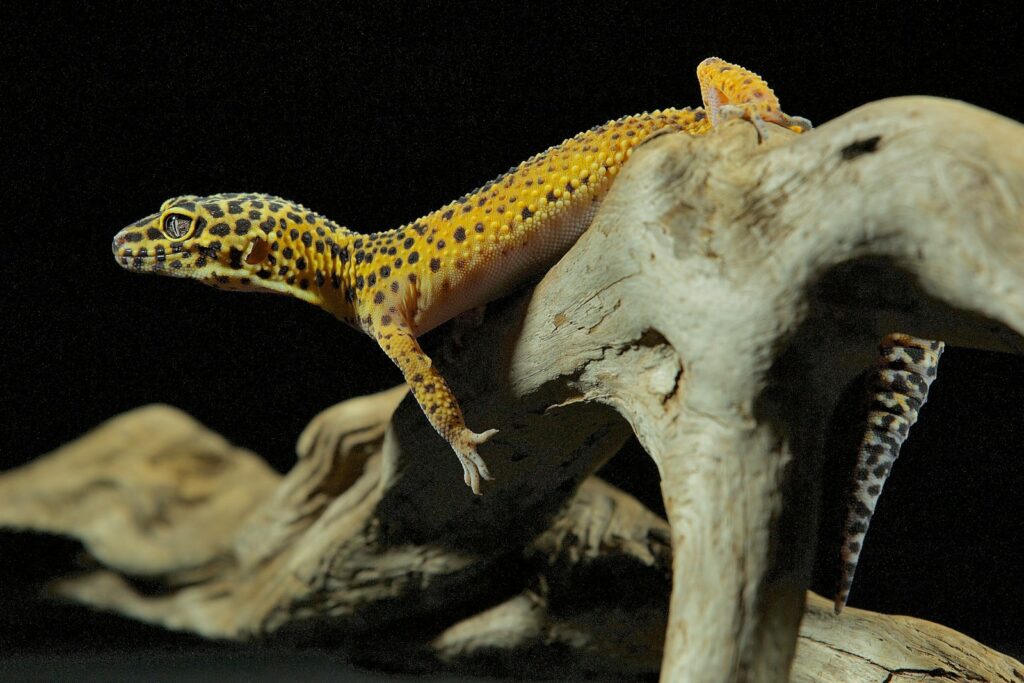
Various reptile categories present unique travel challenges requiring specialized approaches to ensure their wellbeing. Snakes benefit from secure pillowcases placed inside rigid containers, providing both security and stress reduction during transport while preventing dangerous entanglement. Chelonians (turtles and tortoises) should travel in containers with minimal substrate to prevent inhalation during the jostling of travel, with particular attention to preventing tipping, as many species cannot right themselves if overturned. Arboreal lizard species require secure footholds during transport to reduce stress, often benefiting from branches or textured surfaces secured to prevent movement during transit. Aquatic and semi-aquatic species present particular challenges, typically traveling best with dampened towels rather than water to prevent drowning risks while maintaining necessary skin hydration.
Post-Travel Monitoring and Adjustment

The period immediately following travel requires vigilant observation as reptiles adjust to their new environment or return to their permanent enclosure. Watch closely for delayed stress responses including reduced appetite, unusual hiding behavior, or changes in bowel movements, which commonly emerge several days after the journey concludes. Gradual reintroduction to normal routines provides essential stability, beginning with environment and temperature consistency before reintroducing feeding schedules. Extended travel may disrupt normal brumation or breeding cycles in some species, necessitating careful monitoring of seasonal behaviors in the weeks following your journey. Document any concerning symptoms with photographs and specific observations to share with your veterinarian if post-travel health issues arise, as this information proves invaluable for accurate diagnosis of travel-related conditions.
Traveling with reptiles requires meticulous planning, specialized equipment, and thorough knowledge of your specific species’ needs. While challenging, proper preparation makes safe reptile transportation entirely possible for most healthy specimens. The key to successful reptile travel lies in minimizing stress through environmental consistency, appropriate containment, and careful monitoring throughout the journey. Remember that some trips may simply prove too demanding for particularly sensitive species or individuals, in which case professional reptile transportation services or temporary boarding might represent more appropriate options. By prioritizing your reptile’s specific requirements and planning for contingencies, you can ensure your cold-blooded companion arrives safely at your destination with minimal stress and maximum well-being.

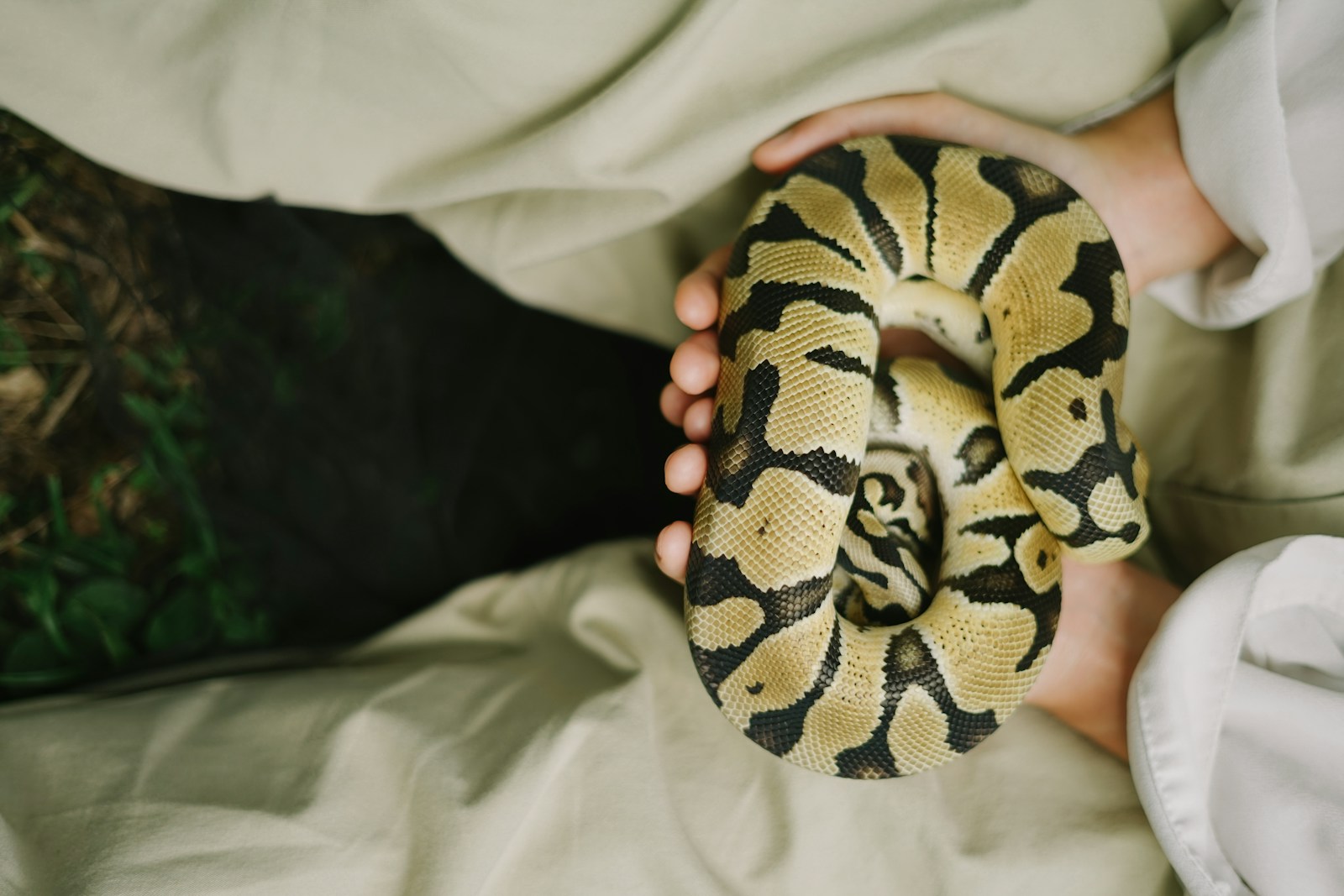

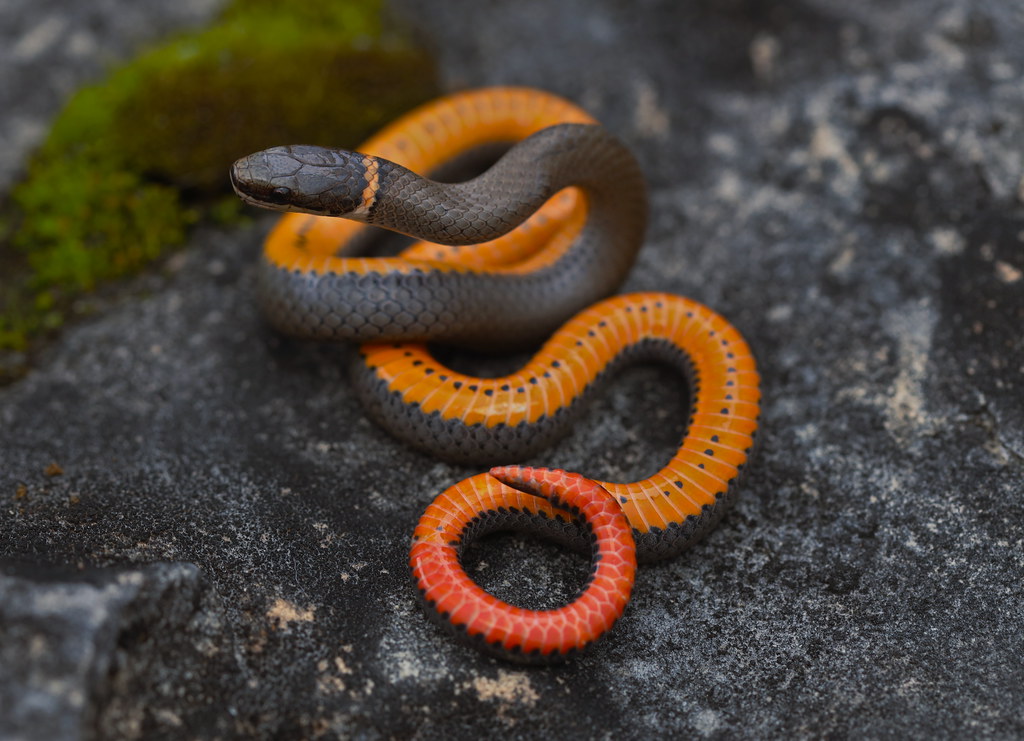



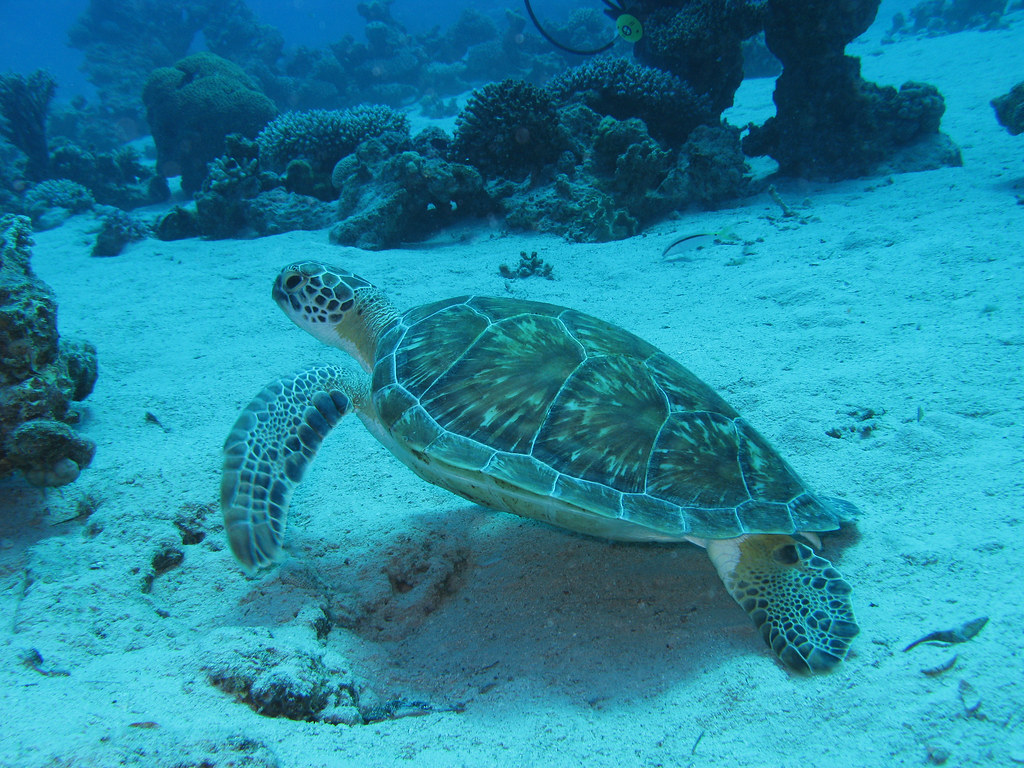
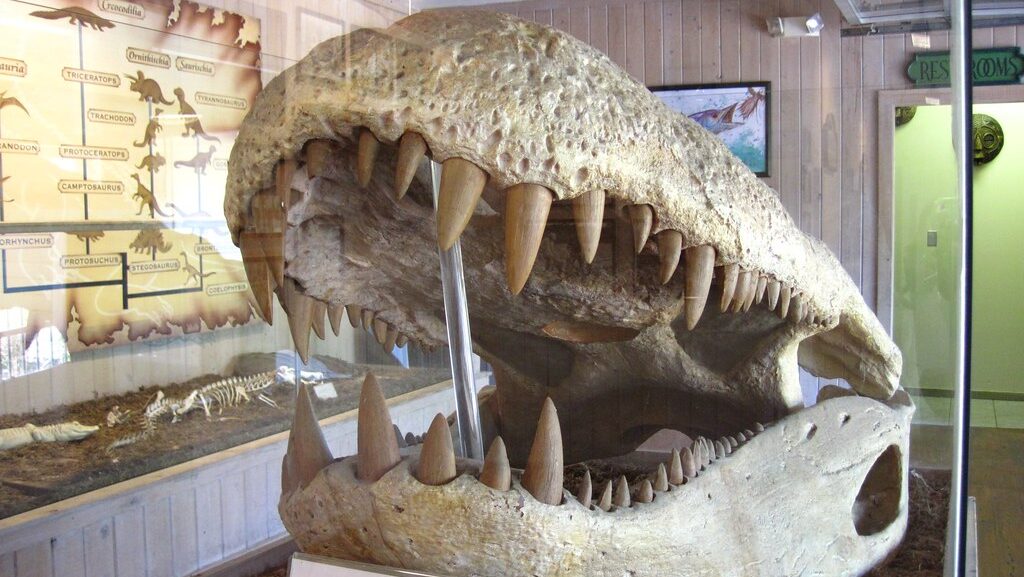
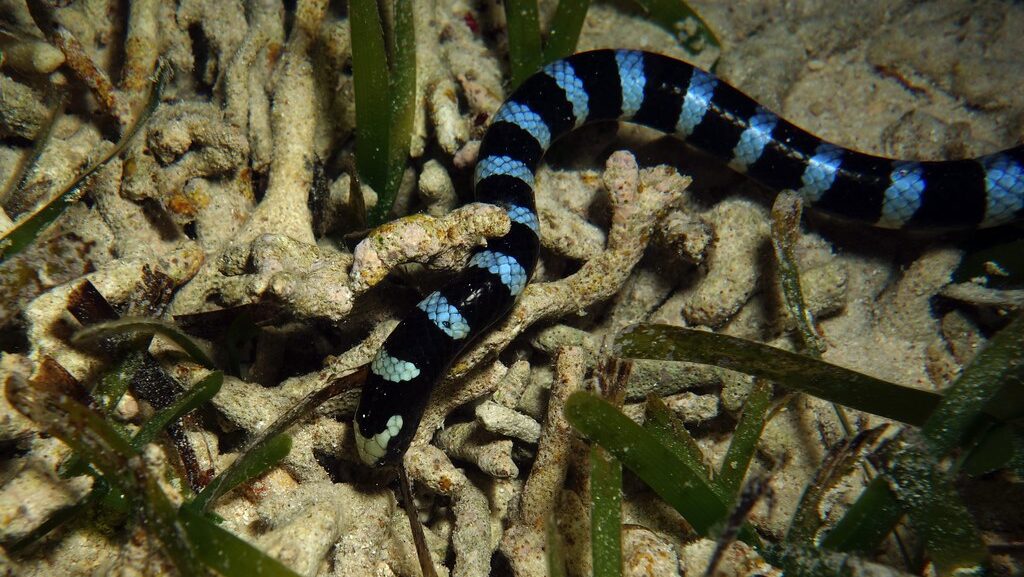
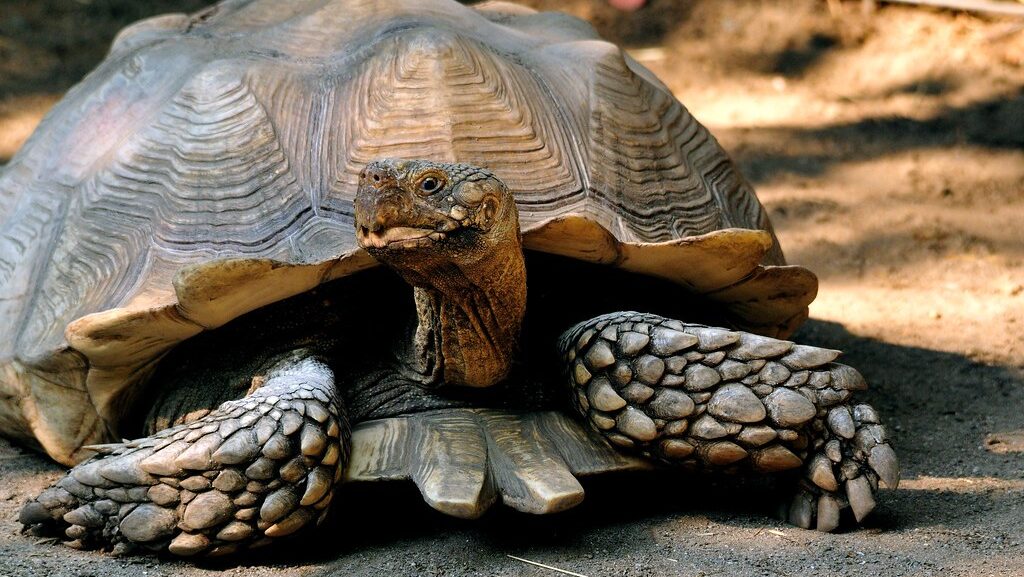




Leave a Reply